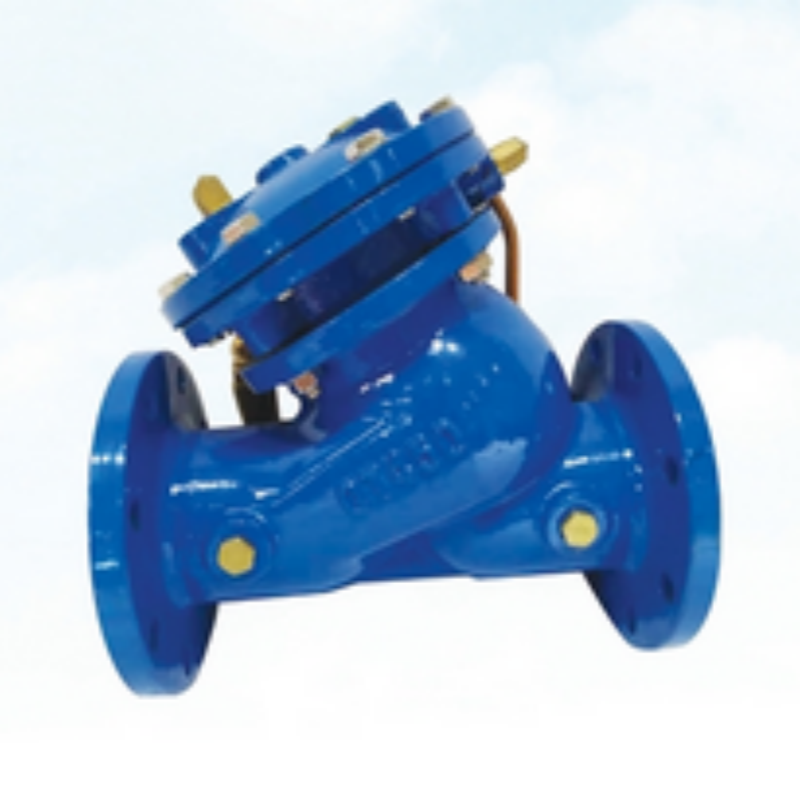12-р сар . 24, 2024 15:59 Back to list
Compact Surface Plate for Accurate Measurement and Precision Work
The Significance of Small Surface Plates in Precision Engineering
In the realm of precision engineering, the importance of reliable measurement tools cannot be overstated. Among these, small surface plates play a pivotal role in ensuring accuracy and consistency in manufacturing and quality control processes. These plates are designed to provide a flat and stable surface for various applications, including inspections, machining, and assembly. The focus of this article is to explore the attributes and applications of small surface plates and their significance in the field of engineering.
Definition and Characteristics
A small surface plate is typically made from high-quality materials such as granite, glass, or steel, offering a flat, smooth surface that can be used for measuring and referencing. The dimensions of these plates can vary, but they are usually compact enough to fit in small workspaces, making them versatile for different applications. One of the most notable characteristics of these plates is their hardness and durability, which ensures they maintain their flatness over time, even under heavy usage. Granite surface plates, for instance, are favored for their resistance to wear and ability to withstand temperature fluctuations, making them ideal for precision work.
Applications in Measuring and Inspection
The primary application of small surface plates lies in measurement and inspection. Technicians and engineers utilize these plates to check the accuracy of various tools and components. By placing a workpiece on the surface plate and using measuring instruments like calipers or micrometers, professionals can determine any deviations from specified dimensions. This process is essential in quality control; it ensures that products meet industry standards and specifications before they move further down the production line.
small surface plate

Moreover, small surface plates are crucial in the calibration of measuring devices. Accurate measurements are foundational to maintaining the integrity of engineering processes, and surface plates provide a standard against which other tools can be verified. This not only enhances productivity but also minimizes the risk of errors that could lead to costly product failures or safety issues.
Role in Machining and Assembly
Beyond inspection, small surface plates also play a vital role in machining and assembly operations. They act as stable bases for workpieces during drilling, grinding, or milling. The flat surface allows for precise positioning and alignment of components, contributing to the overall quality of the machining process. When parts are secured on a surface plate, machinists can operate with confidence, knowing that their work is anchored on a reliable reference point.
In assembly operations, small surface plates facilitate the accurate alignment of parts before final assembly. This is particularly important in industries such as aerospace and automotive, where even minute discrepancies can have serious implications on performance and safety. Engineers often rely on these plates to ensure that components fit together correctly, thus enhancing the overall reliability of the final product.
Conclusion
In conclusion, small surface plates are indispensable tools in precision engineering, enhancing measurement accuracy and contributing to high-quality manufacturing processes. Their robust design and functional versatility allow them to be utilized across various applications, from inspection to machining and assembly. As industries continue to demand higher precision and quality standards, the role of small surface plates will remain crucial in facilitating accurate measurements and ensuring the integrity of engineering practices. Embracing such tools can lead to improved outcomes in production, ultimately benefiting both manufacturers and consumers by delivering superior products.
-
Precision Manufacturing with Advanced Spline Gauge DesignNewsJul.31,2025
-
Industrial-Grade Calibrated Pin Gauges for Exact MeasurementsNewsJul.31,2025
-
Industrial Filtration Systems Depend on Quality Filter DN50 SolutionsNewsJul.31,2025
-
High-Performance Gate Valve WholesaleNewsJul.31,2025
-
Granite Surface Plate The Ultimate Solution for Precision MeasurementNewsJul.31,2025
-
Granite Industrial Tools The Ultimate Guide for Bulk BuyersNewsJul.31,2025
Related PRODUCTS









